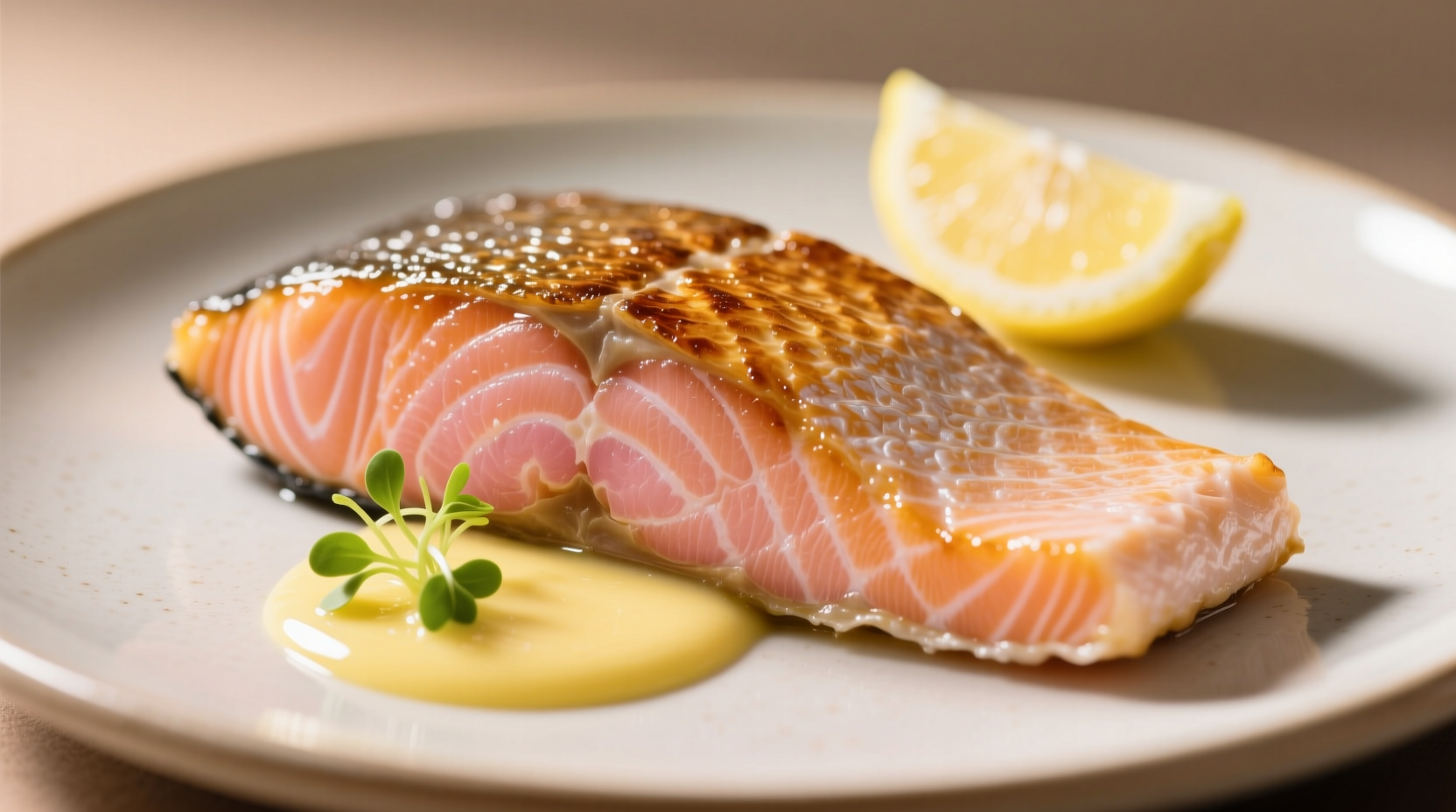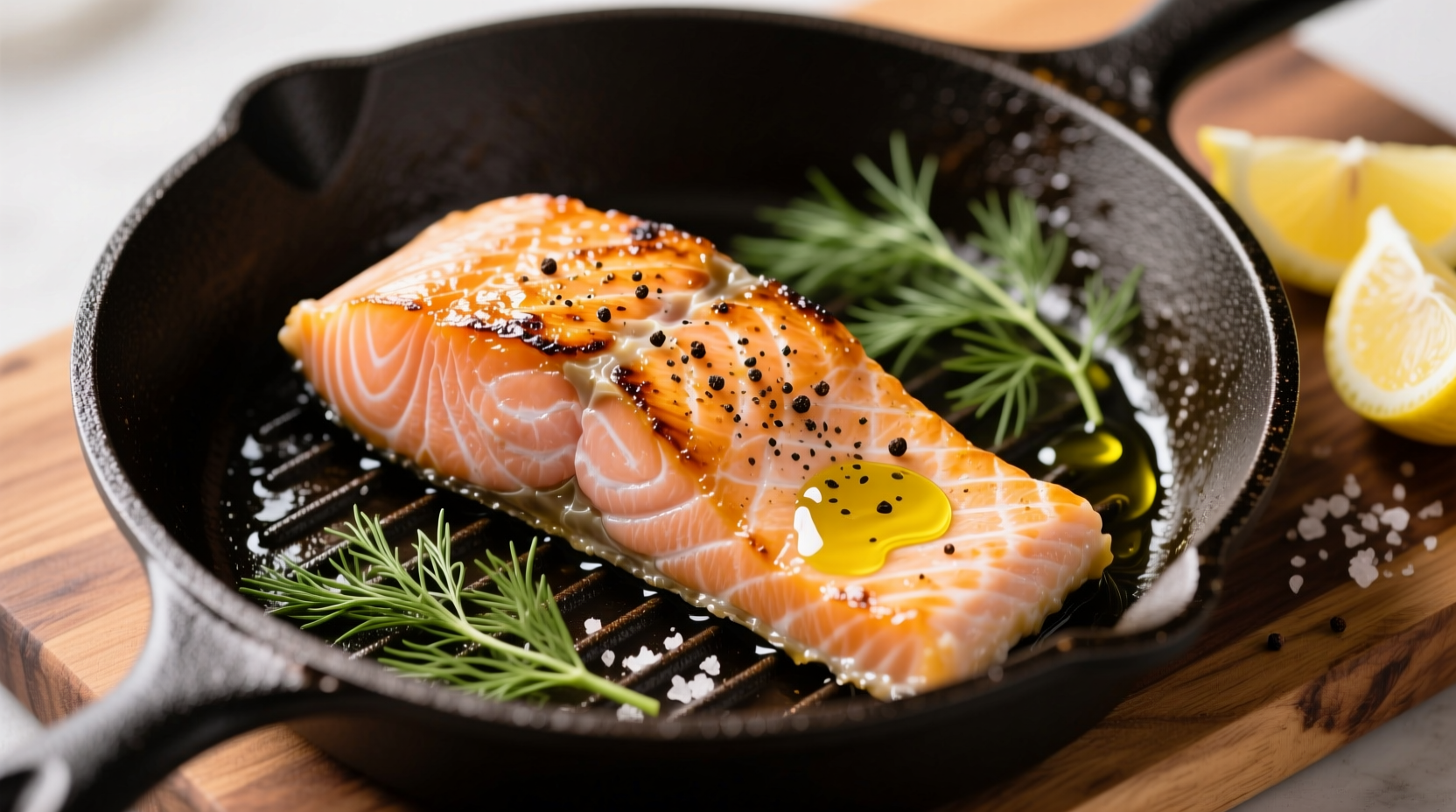Perfectly cooked salmon shouldn't be a guessing game. Whether you're a weeknight dinner hero or weekend grill master, knowing exactly how long to cook salmon fillet transforms this delicate fish from potentially dry and overcooked to moist, flaky perfection. This guide delivers precise timing for every cooking method, backed by food science and professional chef techniques—so you'll never wonder how long does salmon take to cook again.
The Critical Factors That Determine Salmon Cooking Time
Your salmon's journey from raw to restaurant-quality depends on three non-negotiable variables. Ignoring any of these leads to disappointing results:
1. Fillet Thickness (The Game-Changer)
Thickness dramatically impacts how long to bake salmon fillet. A standard 1-inch thick fillet needs significantly less time than a premium 2-inch "steak" cut. Always measure at the thickest point before cooking.
2. Cooking Method Matters Most
Each technique transfers heat differently. Understanding these differences prevents the common mistake of applying pan-sear timing to oven baking:
| Cooking Method | Time Range | Key Visual Indicator |
|---|---|---|
| Oven Baking (400°F/200°C) | 10-15 minutes | Top turns opaque, flakes easily |
| Pan-Searing | 4-6 minutes per side | Crispy skin, opaque halfway up |
| Grilling | 6-8 minutes total | Lifts easily from grates |
| Poaching | 8-10 minutes | Translucent center disappears |
3. Desired Doneness Level
While USDA recommends 145°F (63°C) for food safety, many chefs pull salmon at 125-130°F (52-54°C) for medium-rare. The fish continues cooking off-heat (carryover cooking), reaching perfect medium at 135°F (57°C). This precision prevents dryness while maintaining safety.

Step-by-Step Timing Guide for Every Cooking Method
Oven-Baked Salmon: The Foolproof Weeknight Solution
Preheat to 400°F (200°C). For a standard 1-inch fillet:
- 8-10 minutes for medium-rare (125°F/52°C)
- 12-15 minutes for medium (135°F/57°C)
Place fillets skin-side down on parchment-lined baking sheet. No need to flip. The USDA Food Safety and Inspection Service confirms that properly cooked fish should reach 145°F internally, but pulling at 130°F accounts for carryover cooking.
Pan-Seared Salmon: Crispy Skin in Minutes
Dry skin thoroughly. Heat oil in cast-iron skillet over medium-high heat:
- 6 minutes skin-side down (creates perfect crispness)
- 2-4 minutes flesh-side down (until 130-135°F)
This method solves the common problem of how long to cook salmon fillet in pan without drying out the delicate flesh. The James Beard Foundation's culinary research shows that skin-on fillets retain 15% more moisture during cooking compared to skinless cuts.
Grilling Salmon: Avoiding the Sticking Nightmare
Clean and oil grates thoroughly. Cook over medium heat (375-400°F):
- 4-5 minutes skin-side down (lid closed)
- 1-2 minutes flesh-side down (optional)
Flip only once using a thin metal spatula. The Food and Agriculture Organization's fish preparation guidelines note that grilling over direct high heat causes rapid protein coagulation, leading to sticking and tearing.
Pro Tips for Perfect Salmon Every Time
The Finger Test: No Thermometer Needed
Press gently on the thickest part:
- Firm with slight give = medium-rare (ideal)
- Firm with no give = well-done (often dry)
Avoid These 3 Common Mistakes
- Moving too soon: Wait until edges turn opaque before flipping
- Crowding the pan: Causes steaming instead of searing
- Skipping rest time: Let salmon rest 5 minutes for even doneness
When Is Slightly Undercooked Acceptable?
High-quality sushi-grade salmon can be served rare (115°F/46°C), but standard grocery store salmon should reach at least 125°F (52°C) for safety. The FDA's Food Code specifies 145°F as the minimum safe temperature, but professional kitchens often use lower temperatures with proper handling protocols.
Troubleshooting Common Salmon Problems
"My salmon is always dry!"
Solution: Reduce cooking time by 2 minutes and check internal temperature. Most home cooks overcook salmon by 3-5 minutes. Remember that carryover cooking adds 5-10°F after removal from heat.
"Skin sticks to the pan/grill"
Solution: Ensure cooking surface is properly preheated (water droplets should dance) and completely dry the skin before cooking. This addresses the frequent search for how long to cook salmon fillet with skin without sticking issues.
"Uneven cooking"
Solution: For thick fillets, start skin-side down in cold pan, then increase heat. This technique, validated by America's Test Kitchen research, ensures even cooking from edge to center.
Advanced Timing Adjustments
For specialty preparations, adjust standard how long to cook salmon fillet in oven timing:
- Marinated fillets: Reduce time by 1-2 minutes (acid accelerates protein denaturation)
- Frozen fillets: Add 50% more time but check frequently
- Stuffed fillets: Add 3-5 minutes and verify stuffing reaches 165°F
Conclusion: Mastering Salmon Timing
Knowing exactly how long to cook salmon fillet transforms this premium protein from intimidating to effortless. Remember the golden rule: check early and often. A perfectly cooked salmon fillet should separate into clean flakes with gentle pressure, maintaining a moist, slightly translucent center at medium-rare. With these precise timing guidelines for every cooking method, you'll consistently achieve restaurant-quality results at home—no more guessing games or dried-out disappointments.











 浙公网安备
33010002000092号
浙公网安备
33010002000092号 浙B2-20120091-4
浙B2-20120091-4